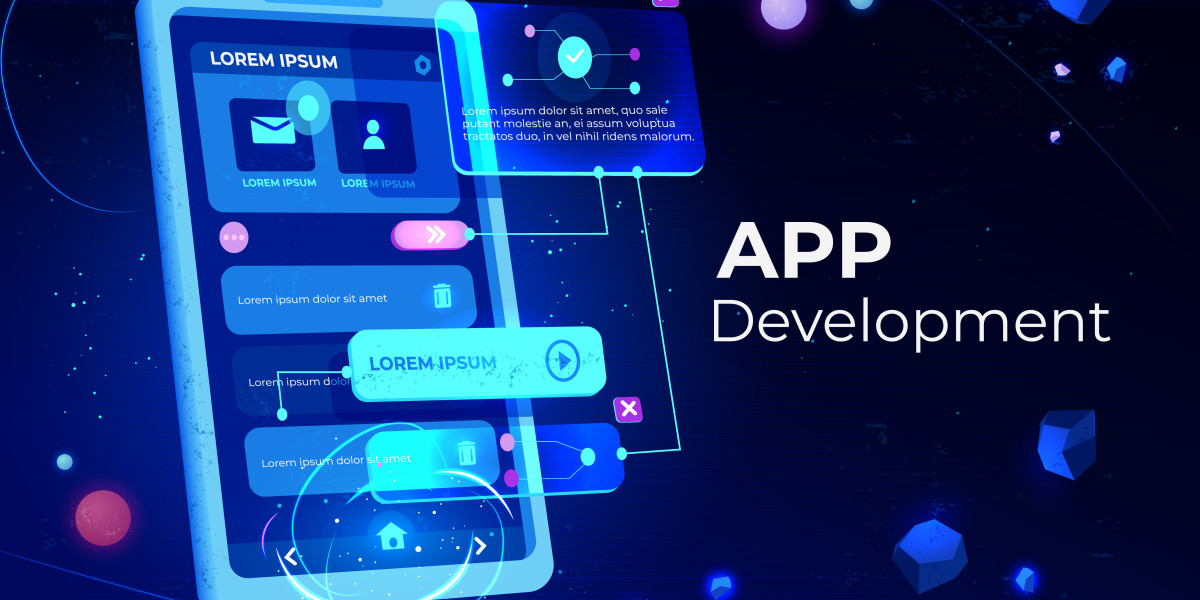Understanding Platform Choices
Mobile apps can be developed for various platforms, with the two primary contenders being iOS and Android. Each platform offers distinct advantages and considerations that impact development costs:
iOS Development Cost:
- Development Environment: iOS apps are primarily developed using Swift or Objective-C within Apple's Xcode IDE. Developers typically use macOS for iOS app development.
- Cost Considerations: Developing for iOS tends to be slightly more expensive due to the need for specialized hardware (Mac computers) and rigorous app store guidelines that may require more development time for compliance.
Android Development Cost:
- Development Environment: Android apps are developed using Java or Kotlin, often using Android Studio, which runs on multiple operating systems including Windows and macOS.
- Cost Considerations: Android development costs can vary widely depending on the device fragmentation, which may require more extensive testing and optimization across different devices and OS versions.
Factors Influencing Development Costs
Several factors influence the overall cost of mobile app development across platforms:
Design Complexity: The complexity of app design, including user interface (UI) and user experience (UX) design, significantly impacts development costs. iOS apps often require adherence to Apple's strict design guidelines, whereas Android offers more flexibility in design choices.
Development Time: The time required for development varies based on platform-specific requirements, such as coding languages, development environments, and testing protocols. iOS development may sometimes require more time due to the need for meticulous testing and adherence to Apple's ecosystem standards.
Maintenance and Updates: Both iOS and Android platforms require ongoing maintenance to keep apps functional and secure. Updates to accommodate new OS versions and devices contribute to long-term development costs.
Cost Comparison Scenarios
To illustrate the cost differences, consider the following scenarios:
Scenario 1: Simple Utility App
- iOS: Development might cost between $10,000 to $30,000, considering simpler UI/UX and basic functionality.
- Android: Similar development might range from $12,000 to $25,000, due to varied device optimization needs.
Scenario 2: Complex E-commerce App
- iOS: Costs could range from $50,000 to $150,000, incorporating advanced features like payment gateways and extensive UI customization.
- Android: Development costs might range from $60,000 to $130,000, accounting for multiple device compatibility and complex backend integrations.
Conclusion
When comparing mobile app development cost across different platforms, businesses must weigh several factors, including platform-specific development requirements, design complexities, and ongoing maintenance needs. While iOS and Android each have their advantages and challenges, understanding these factors can empower businesses to make informed decisions aligned with their budgetary constraints and strategic goals.
In conclusion, the choice between iOS and Android should not solely be based on cost but rather on a holistic evaluation of development needs, target audience preferences, and long-term maintenance considerations. By carefully assessing these factors, businesses can optimize their mobile app development investments to achieve maximum ROI and user satisfaction.
By keeping abreast of current trends and platform-specific nuances, businesses can navigate the complexities of mobile app development cost effectively, ensuring their applications are not only functional but also competitive in the ever-evolving digital marketplace.



